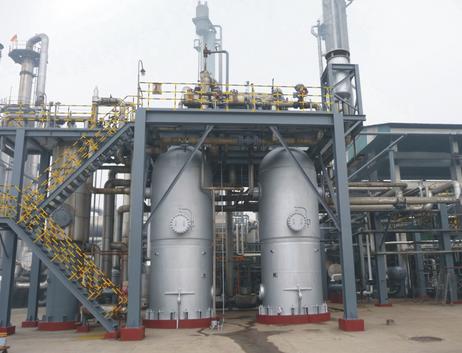Resolve the secrets of neon lamps
The secret of the neon lamp
Neon argon glow lamp (neon lamp for short) and fluorescent lamp belong to cold cathode gas discharge lamp. Electrical characteristics or combination of characteristics in electrical equipment. An indication or circuit element in an electronic circuit or instrument, used in electrical equipment. For electronic circuits or circuit components.
Neon lamps and fluorescent glow lamps can be used for a variety of applications by taking advantage of their luminous, electrical, and versatile properties.
Examples of luminescent properties: power indications on various household appliances and switchboards, fuse monitors, high frequency voltage indications, and test pens, etc.
If more lamps are arranged in a row and some of them glow with appropriate circuits, luminous characters or images can appear, and can be transformed. Used as a digital indicator or graphic advertisement, very eye-catching.
Examples of electrical applications: dc voltage stabilization, circuit protection, charging voltage indication, relaxation oscillation circuits, etc.
Examples of combining luminescent and electronic properties; Trigger circuit used etc.
Neon factory
The secret of neon
If you live in the city and go for a walk in the busy city at night, the most common sign is neon. Do you know how neon signs are made?
When inert gases are pumped into a light bulb and the lamp lights on, they are excited and emit their characteristic spectral lines, which is often referred to as a neon light.
The first neon sign was invented by a French scientist. Neon, excited by an electric field, gave off red light. Neon lamps were strong enough to pass through thick fogs, so neon lights were often used in airports, docks, and on waterways.
Argon, which emits a pale blue light when excited by an electric field, is also used to make neon signs. Neon lights made of helium emit a reddish light. Some light bulbs can be filled with mercury vapor and become high pressure mercury lamps. The light they give out is green and purple. Some people even put four gases of helium, neon, argon, and mercury, or a mixture of two or three gases, into the bulb and get neon lights with brilliant colors.
Xenon, excited by an electric field, emits a continuous spectrum similar to that of sunlight, and by filling a lamp tube (made of quartz glass) with xenon gas, the "artificial little sun" can produce a power of 20,000 watts and light for more than 1,000 hours. A 60, 000-watt xenon lamp is as bright as 900 100-light bulbs. This bulb is a new type of light source developed in the 1960s.





 Facebook
Facebook YouTube
YouTube LinkedIn
LinkedIn Twitter
Twitter